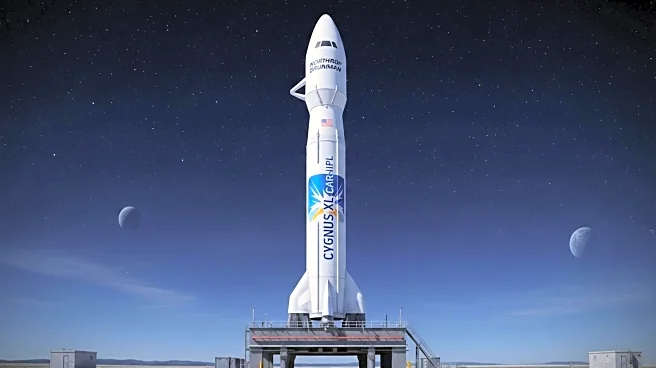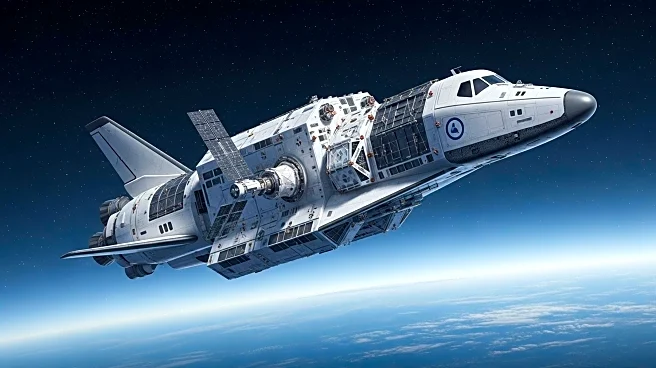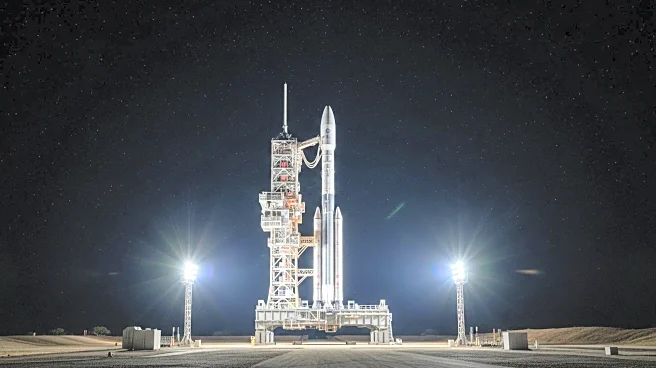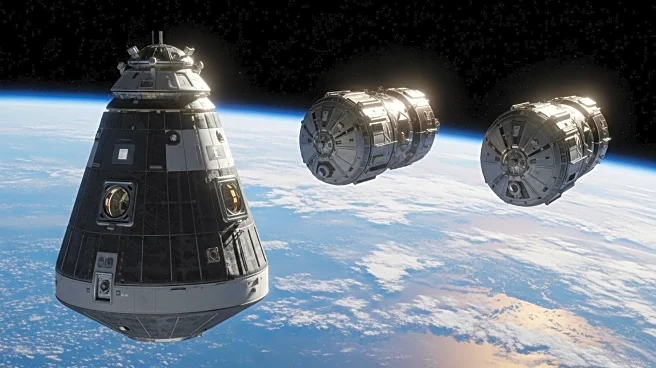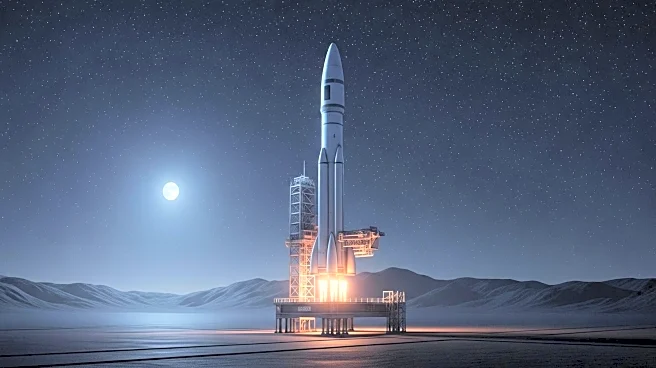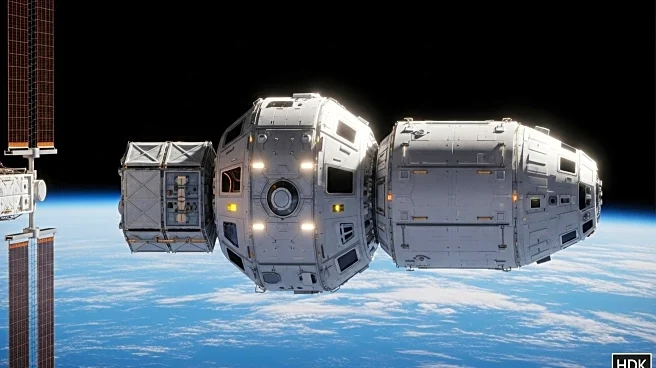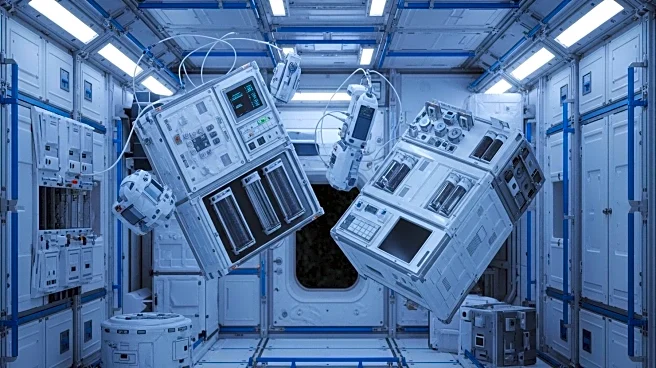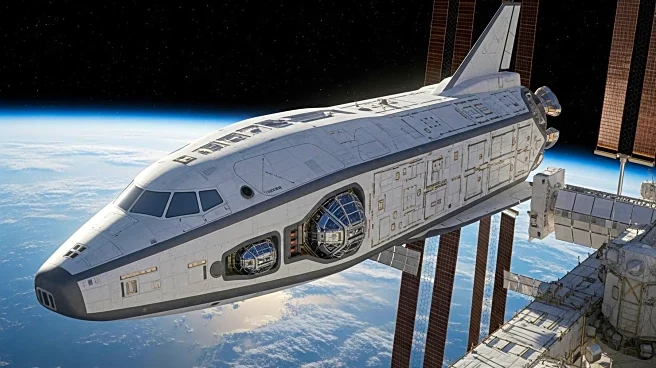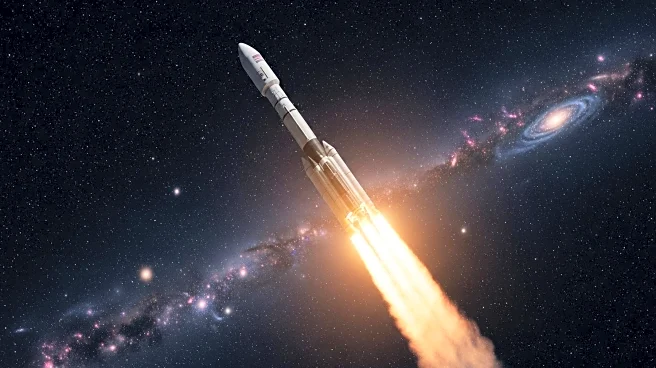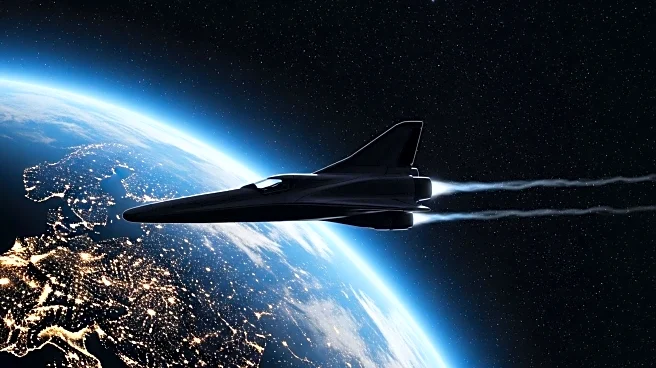What's Happening?
SpaceX is preparing to launch Northrop Grumman's new Cygnus XL cargo ship on its inaugural mission to the International Space Station (ISS). The launch is scheduled for this evening from Cape Canaveral Space Force Station in Florida, using a Falcon 9 rocket. This mission, designated NG-23, marks the 23rd cargo delivery flight by Northrop Grumman for NASA. The Cygnus XL is an enhanced version of its predecessor, capable of delivering 11,000 pounds of supplies to the ISS. The cargo includes materials for semiconductor crystal production, equipment for cryogenic fuel tank technology, a UV light system to prevent microbial growth in water systems, and supplies for pharmaceutical crystal production. The spacecraft is named S.S. William 'Willie' McCool, honoring a NASA astronaut who died in the 2003 Columbia disaster. The Cygnus XL will be captured by the ISS's Canadarm2 robotic arm and is expected to remain docked until March 2026.
Why It's Important?
This mission represents a significant advancement in space logistics and technology. The Cygnus XL's increased capacity allows for more substantial and diverse scientific payloads, which can enhance research and development in space. The mission also underscores the ongoing collaboration between NASA and private companies like SpaceX and Northrop Grumman, which is crucial for the sustainable operation of the ISS. The successful deployment of new technologies, such as those for semiconductor and pharmaceutical production, could have far-reaching implications for industries on Earth, potentially leading to breakthroughs in electronics and medicine.
What's Next?
Following the launch, the Cygnus XL is expected to reach the ISS on Wednesday. NASA will stream the capture and docking process live. The spacecraft will remain attached to the ISS until March 2026, after which it will re-enter Earth's atmosphere and disintegrate. The success of this mission could pave the way for future enhancements in cargo delivery systems and further collaborations between NASA and private aerospace companies.
